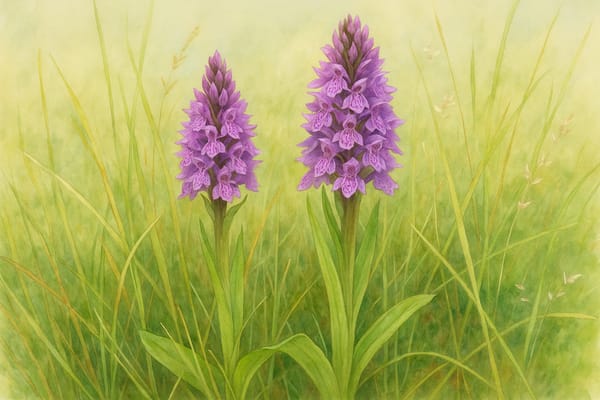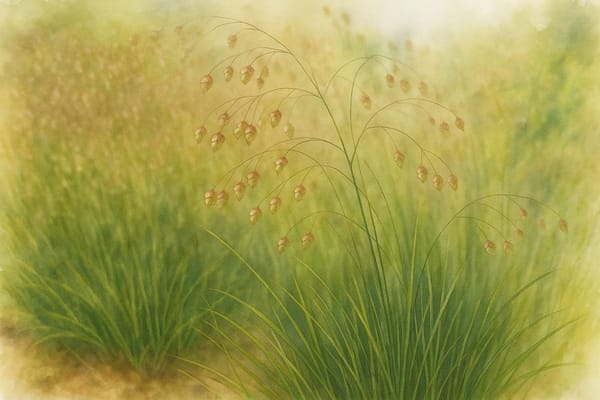A Wetland Jewel on the Cornish Coast
Historical and Cultural Significance
Southern Marsh Orchid is among the UK’s most vivid native orchids, found in damp meadows and coastal dune slacks. In Cornwall, its summer display of spotted purple blooms signals the vitality of wetland habitats.
Symbol of Wetland Health:
Though not steeped in deep folklore, the Southern Marsh Orchid holds powerful meaning as a symbol of healthy, undisturbed landscapes. Its presence is a sign of traditional land practices, rich biodiversity, and ecological care. Like other orchids, it embodies refinement, rarity, and the elegance of nature.
Conservation Emblem:
Due to habitat loss through drainage and development, this orchid has vanished from parts of its historic range. It’s now a flagship species for wetland conservation, listed as a priority in the UK Biodiversity Action Plan. In Cornwall, sites like Penhale Sands are home to its enduring colonies.
Cultural Identity:
In regions like Cornwall and Zeeland, the orchid has become a local symbol of natural beauty and regional pride. Its association with traditional meadows and delicate dune systems connects it to both place and memory.
Growing Southern Marsh Orchid in Coastal Gardens
The Southern Marsh Orchid is ideal for gardeners seeking to reflect Cornwall’s damp meadow heritage in naturalistic or wildlife-friendly designs.
| Requirement | Details |
|---|
| Light | Full sun to partial shade |
| Soil | Moist, well-drained, neutral to slightly alkaline; avoid waterlogged clay |
| Water | Consistently moist; avoid standing water |
| Salt Tolerance | Moderate; tolerates sea air and exposure in dune-slack or sheltered wetland sites |
| Hardiness | Fully hardy in the UK |
Care Tips for Success
- Positioning:
Plant along pond edges, damp meadows, or marshy borders—anywhere soil stays moist and open. Avoid crowding from vigorous grasses or invasive species. - Soil & Drainage:
Needs a balance—moisture-retentive but free-draining. Enrich with humus, not fertiliser. - Watering:
Regular water during dry spells. In containers, use trays or plunging methods to maintain even moisture and cool roots. - Feeding:
Avoid fertilisers. High nutrients encourage coarse growth and suppress orchids. - Propagation:
Best divided in early spring. Seed propagation is possible but complex due to required mycorrhizal partnerships. - Ongoing Maintenance:
After flowering, manage competition by mowing or grazing. Avoid mulching. Watch for slugs in spring.
Special Notes for Coastal Gardens
This orchid naturally thrives in coastal dune systems, salt-kissed meadows, and wet lowlands. Its moderate tolerance to salt, combined with a love for alkaline or neutral soils, makes it a strong choice for Cornish coastal gardens aiming to recreate wild, moisture-rich habitats.
The Southern Marsh Orchid adds a painterly quality to summer gardens, while quietly championing conservation, biodiversity, and a return to natural rhythm in managed landscapes.
Quick-Glance Table
| Step | Traditional Tip |
|---|
| Site & Soil | Damp, neutral to alkaline; sandy loam or chalk |
| Sowing/Propagation | Division in early spring; seeds require specialist conditions |
| Watering | Keep consistently moist; avoid standing water |
| Feeding | No fertiliser; thrives in low-nutrient settings |
| Maintenance | Mow or graze after flowering; protect young shoots from slugs |
| Coastal Fit | Suited to dune slacks, damp meadows, and sheltered wet borders |











